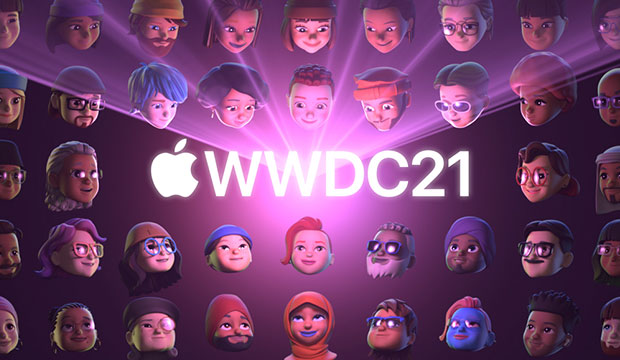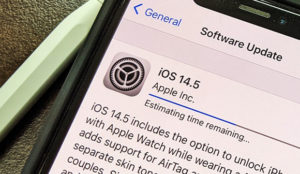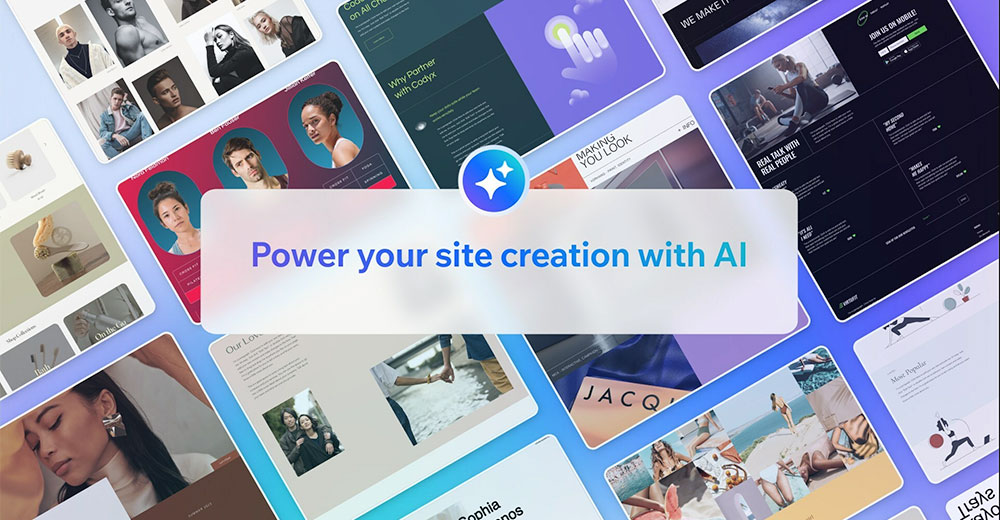Apple on Monday revealed dozens of new features in the latest versions of its mobile and desktop operating systems at the kickoff of its annual Worldwide Developers Conference.
“There were lots of incremental improvements in the areas of health and security,” observed Kevin Krewell, a principal analyst with Tirias Research, a high-tech research and advisory firm in San Jose, Calif.
“They also continued the theme of Apple stuff works better with Apple stuff in the Apple ecosystem,” he told TechNewsWorld.
“The emphasis of the whole presentation seemed to be making Apple products more useful for consumers,” added Gartner Senior Principal Analyst Tuong Nguyen.
In the next version of Apple’s mobile operating system, iOS 15, the company added features to its FaceTime app to make online interaction by groups of people more realistic through the use of spatial audio, voice isolation and use of “portrait” mode for faces.
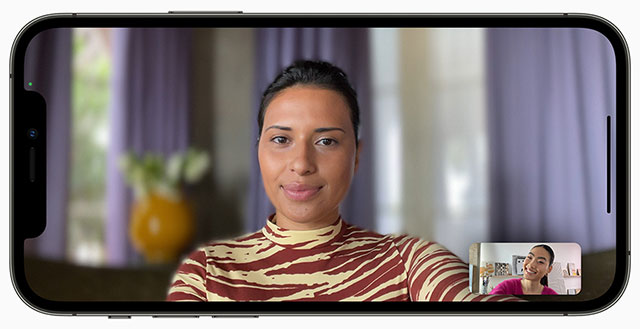
Competing With Zoom
It also expanded the sharing capabilities of the program and its reach outside Apple’s “walled garden.”
“They really expanded FaceTime’s capabilities so it can be used in collaboration,” noted Tim Bajarin, president of Creative Strategies, a technology advisory firm inCampbell, Calif.
“But Apple didn’t remove the 32-user restriction for FaceTime,” he told TechNewsWorld. “Businesses that use video conferencing need 50, 100 or more users in their conferences and seminars so I don’t see the new features enabling Apple to compete with the Zooms of the world.”
“Rather they’re providing richer features for their broader consumer audience,” he added.
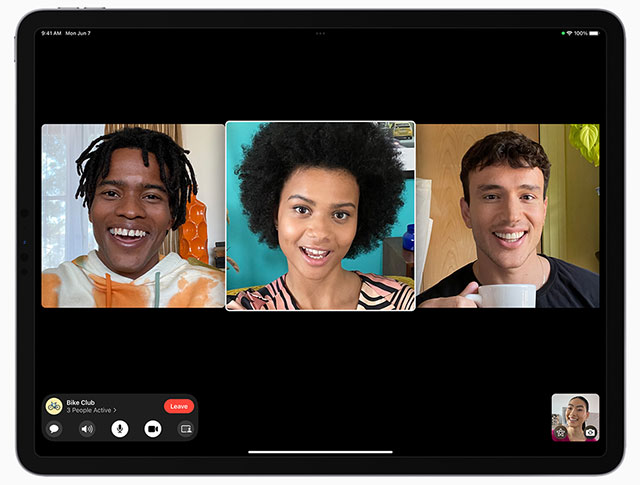
However, Mark N. Vena, a senior analyst with Moor Insights & Strategy, a technology analyst and advisory firm based in Austin, Texas maintained that competition in the online group meetings space influenced Apple’s upcoming changes to FaceTime.
“They’re clearly feeling the heat on their videoconferencing apps,” he told TechNewsWorld. “They’ve come to the conclusion that they have to open it up and allow access to FaceTime calls with Android or a browser.”
“That takes conferencing out of the ‘walled garden,'” he continued. “It will be interesting to see what that portends for Apple’s messaging app.”
Investment in AI and ML
While acknowledging the new additions to FaceTime were nice improvements, Krewell asserted that the software is still very much locked into Apple’s ecosystem.
“It’s not an open platform,” he told TechNewsWorld. “There’s a new API for developers now so we’ll have to see if they pick up the mantle and connect it to other platforms.”
“They have to allow outside access to FaceTime if they want to be more of an alternative to Zoom,” added Ross Rubin, the principal analyst at Reticle Research,a consumer technology advisory firm in New York City.
“Apple continues to invest heavily in AI and machine learning in iOS 15,” he told TechNewsWorld. “We can see that in the new notification modes that understand your behavior, the new translation capabilities and the matching of music to your photos.”
“We also see greater demarcation between what they’re doing with the iPad and the phone,” he said. “They’re beefing up the content capabilities of the iPad through an improved user interface and bringing over the app library feature from iOS.”
Another new feature in iOS is Live Text. It allows you to point the camera in an iPhone at any text in the real world — white board, signage and such — and convert it to digital text at the press of a button.

The feature also works on photos stored on the camera — and it’s smart. If you capture a phone number, you can dial the number after you capture it.
Universal Control
Apple is also boosting its skin in the electronic keys game with iOS 15. “One of the more interesting things in the new iOS is the adding of keys to the Apple wallet,” Krewell said.
“Through ultrawide band connectivity,” he explained, “you can unlock your hotel room from your phone and store ID cards in your wallet. That’s very convenient.”
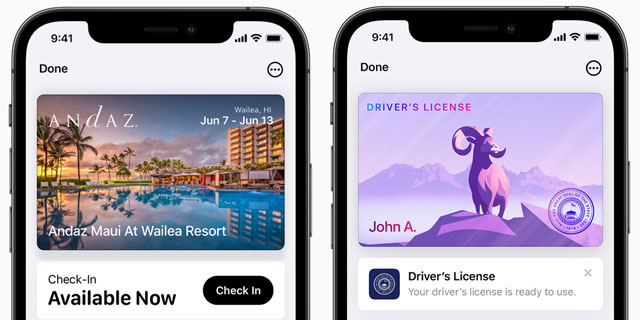
Another addition to the upcoming version of iOS is greater visibility into an app’s usage of a phone’s resources. “They’re giving you a report card of how apps are performing on your phone,” Vena noted.
“It allows a user to get their hands around what an app is doing,” he added.
In addition to the refresh of iOS 15, Apple also announced new versions of macOS (Monterey), iPadOS, watchOS and a new service, iCloud+.
In macOS, Apple is introducing a feature called Universal Control.
“Their cross device synchronization is much richer than in the past,” Bajarin said. “With Universal Control, for example, you can share a keyboard and mouse or even files across devices.”
“It’s the most visible example that we’ve seen in a while of how their devices work better together,” added Rubin.
Defanging Marketers
Apple is also tightening the screws on privacy in the new macOS.
“They’re not going to share if your email is opened or not,” Vena explained. “They’re not going to share IP location. Not having access to those data points that can make things difficult for adtech companies.”
In addition, a feature in Apple’s iCloud+ service allows users to create “throwaway” email addresses. Those addresses can be used to reduce the use of a primary email address when logging onto websites or responding to offers on the internet.

“They’re really defanging these app companies’ ability to remarket to you,” Vena said.
iCloud+ also includes a feature called Private Relay. “Private Relay, proxies your location and protects you from being tracked,” Krewell explained.
“A lot of the attributes of a VPN are being embedded into iCloud+,” added Vena.
With the new version of iPadOS, Apple is improving the iPad’s multitasking capabilities, making it easier to flow between multiple windows, as well as adding a quick notes and “shelf” feature.
It’s also enlarging the size of widgets on the iPad home screen.
Ripe Health Market
In the new watchOS, Apple has increased the opportunity for sharing medical information.
“Being able to track another person’s health information, with their permission, seems like a good idea,” Bajarin observed.
“We’re entering an age now where you have a lot of Millennials with elderly parents living thousands of miles away but they want to know about their parents’ health on a daily basis,” he explained.
Rubin noted that the health space is a place where Apple can make headway against its rivals.
“In a lot of the media-centric services that they offer, they’re coming in late,” he explained. “Spotify was in the music space before Apple Music came along. With TV, they started from scratch competing with Netflix, Disney and HBO Max.”
“With health, there’s not a lot out there,” he continued. “There are workout subscriptions that compete with Apple Fitness, but there’s nothing competing with the kinds of things Apple is doing with fall detection and medical records.”
“It’s also where Apple’s focus on privacy and their reputation for trust really has an opportunity to pay dividends,” he added.
Although augmented reality wasn’t a focus of the WWDC session, Nguyen saw hints of Apple’s AR plans everywhere in company’s presentation.
“Spatial audio, for instance, that can be applied to augmented reality,” he said. “The 3D maps they talked about can be applied to augmented reality. They also talked about making object capture easier — where a 3D object can be created from a series of photos of an object — which is a big challenge for developers and content creators in augmented reality.”
“Everything they’re doing here is a foundation for something much bigger,” he maintained. “These individual announcements may excite individual groups of consumers, but a few years down the line, as these pieces come together and become more sophisticated, consumers will look back and say, ‘We should have seen the hints.'”

